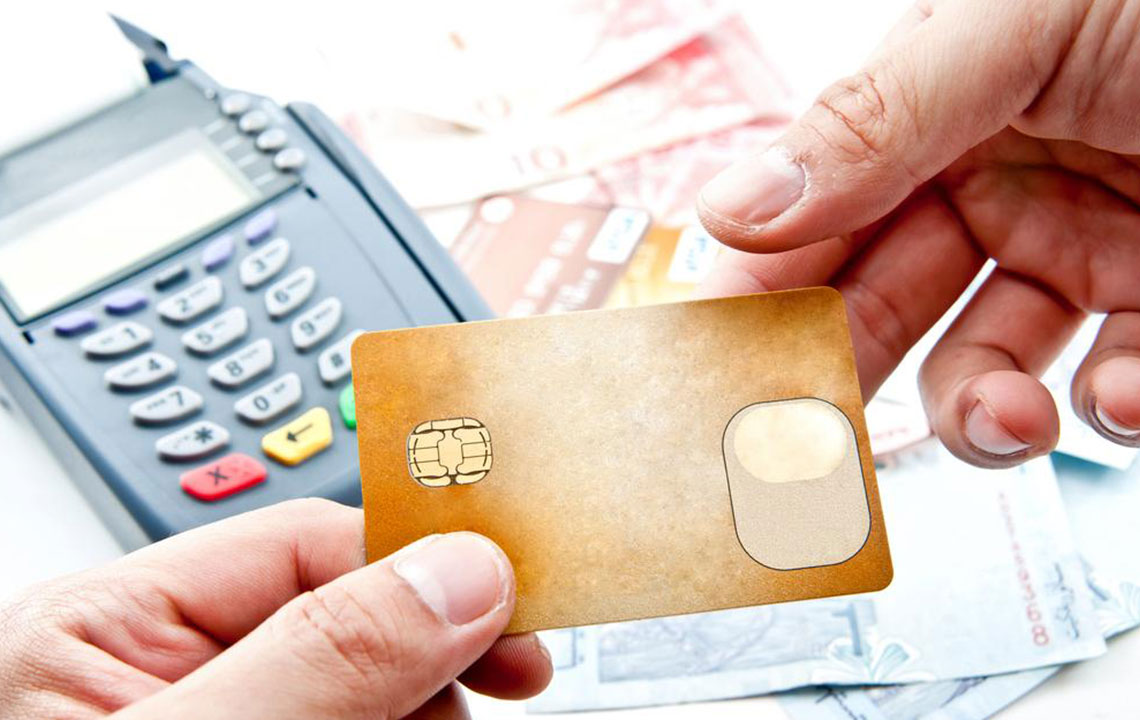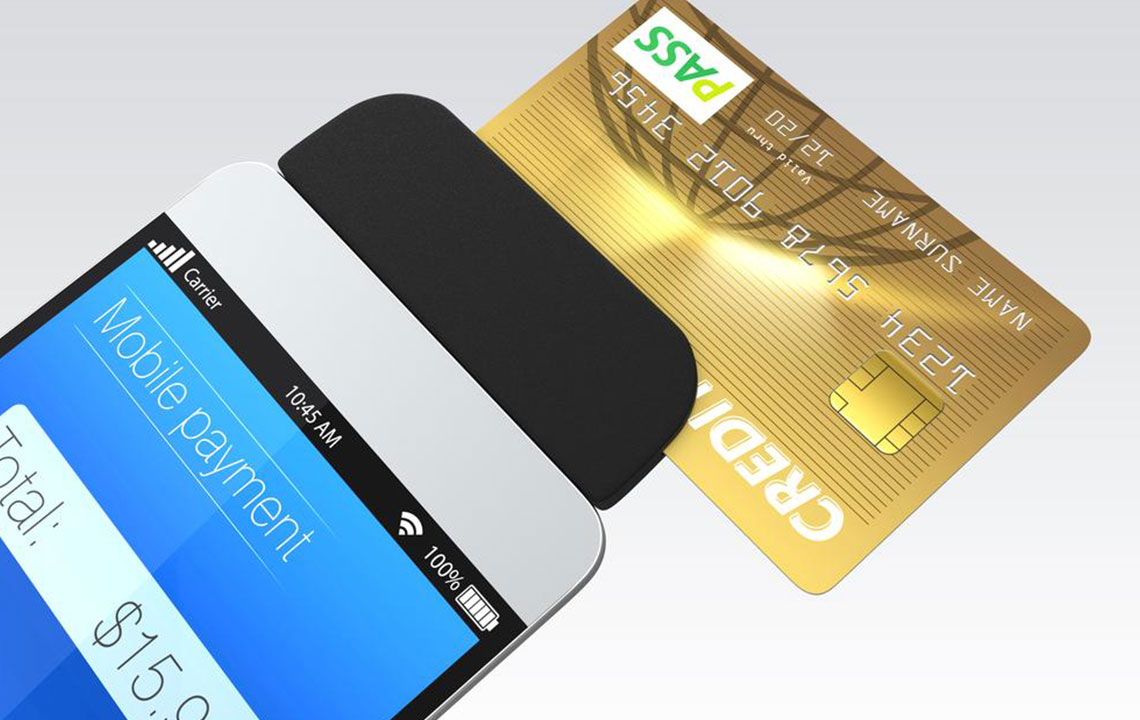A Comprehensive Guide to How Payment Processing Works in Modern Finance
This detailed guide explains how payment processing works in modern financial transactions, covering each step from card authorization to funds settlement. It highlights the roles of customer, merchant, banks, and card networks, demonstrating the complex, real-time systems behind everyday payments. Perfect for understanding how your transactions are processed securely and efficiently in the digital age.

Understanding How Payment Processing Works in Modern Financial Transactions
Have you ever stopped to think about what really happens behind the scenes when you swipe your credit or debit card and a payment is approved or declined? While it might seem like a simple swipe or click, the process involves a highly complex, real-time exchange of data between multiple entities to ensure your transaction is secure, quick, and reliable. Payment processing is a critical backbone of the modern financial system, allowing seamless transactions for consumers and businesses alike.
In this comprehensive guide, we will explore the detailed steps involved in electronic payment processing, shedding light on the roles of various institutions and how they work together to facilitate billions of transactions worldwide each day.
Participants: Multiple entities collaborate within the payment ecosystem to execute every transaction efficiently.
Customer: The individual employing an authorized payment card to make a purchase.
Merchant: The business or retailer offering goods or services, accepting card payments for convenience and efficiency.
ISO/MSP: Payment intermediaries like IpPay, Wells Fargo Merchant Services, and others act on behalf of banks to process card transactions smoothly for merchants.
Payment Terminal/Online Gateway: Devices or digital platforms that serve as the communication bridge between the merchant and the bank, transmitting payment data securely.
Authorization Network: The financial network such as Visa, MasterCard, or other card networks that verify whether a transaction is approved or declined.
Settlement Network: The system responsible for transferring funds between banks once the transaction is approved, ensuring money moves from the customer’s bank to the merchant’s account.
Acquiring Bank: Also known as the merchant’s bank, it processes transactions on behalf of the merchant, ensuring funds are correctly deposited into their account.
Card Network: Organizations like Visa, Mastercard, and American Express that create the infrastructure for cards, validate transactions, and connect merchants to issuing banks.
Issuing Bank: The bank that issued the customer’s card, responsible for managing the account and backing the credit or debit funds used for the transaction.
Understanding the transaction process in detail reveals that it involves two primary phases:
Authorization: When your card details are transmitted to request approval, the network checks if there are sufficient funds or credit, verifying the card’s validity and user’s authorization.
Settlement: Once approved, the actual transfer of funds occurs, updating all involved accounts and finalizing the payment.
This entire process happens almost instantaneously every time you use your card, thanks to sophisticated electronic networks and secure data exchange protocols that protect your financial information and ensure transaction integrity.
We will now delve into each step of this workflow, explaining the roles and functions of all participants involved and providing insights into how modern payment systems have evolved to meet the demands of fast-paced, global commerce.




